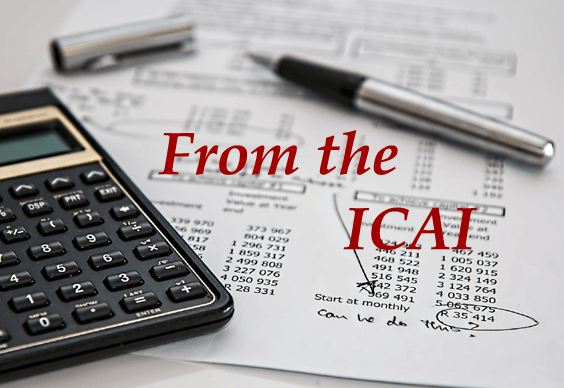Taxes absorb 58% telco revenues in nation with lowest tariff: Voda-Idea CEO
New Delhi, October 3, 2022
Speaking at the 6th India Mobile Congress, Vodafone Idea CEO Akshaya Moondra urged govt to lower industry's tax burden at a time when it needs to make huge capital investments
Apart from being impacted by one of the highest visible levies in the world, Indian telcos have a large hidden cost due to which 58 percent of their revenues become liable for government taxes, Vodafone Idea CEO Akshaya Moondra said. Arguing the industry quickly needs to make massive capital investments for migration of technology, he said the burden on the telecom sectr needs to be reduced fast.
"We have 18 per cent GST and 12 per cent licence fees and spectrum use charges. This 30 per cent is very visible to everyone. What is not very visible is that the price of spectrum, if converted to an annuity value and calculated as a percentage of revenue, adds another 28 per cent of industry revenue (as a cost)," Moondra said while speaking at the CEOs conclave at the sixth India Mobile Congress.
"So, if you take the industry revenue of Rs 231 crore and you calculate the total value of the spectrum given out, which is close to Rs six trillion today, the annuity value of that payment comes to 28 per cent of revenue, on top of the visible costs. Therefore, 58 percent of revenue is reflected as government levies in a country where the tariffs are the lowest," he explained.
Moondra said the operational cash generation of telcos can be released for investments if the government reduces the tax burden.
"With each transition of technology, especially from 4G to 5G, the data being carried by the networks is massive. This data cannot be carried wirelessly, you need fibre to carry it. Unfortunately the right-of-way regulations in the country have been very difficult. The government has taken some steps towards rectifying that. But if 5G is to be successful in India, it is very important that this right-of-way mess which exists today is sorted out," he added.
New opportunities
Moondra said that 5G brings with it features like low latency, ultra low latency, massive machine-type communication, and the ability to slice networks.
"These will contribute to automating manufacturing in a manner that was not possible earlier. Over the next 2-3 years, manufacturing, including internet-of-things, would be one of the key drivers of technology being deployed for the betterment of society, and for improving efficiency and productivity," he added.
Latency specifies the end-to-end communication delay, measuring the time between the sending of a given piece of information and the corresponding response. 5G can be exploited to reduce network latency. Latency can be identified in the time gap between the moment a “stop” button is clicked and the instant in which a remotely driven vehicle actually starts braking. Experts say reducing the latency experienced by the end users from hundredths of a second to a few milliseconds can have an unexpected impact, leading to a real digital revolution.
Madhusudhan Mysore, CEO & Executive Chairman, Tata Communications Transformation Services (TCTS) said the massive level of investment expected in 5G is backed up by a number of established use cases. "It could be a consumer or industry use case. But the business implications are massive. The buyer is going to be the strategic person. It (5G) is no more jut a technological or IT-infrastructure conversation. It is becoming part of the boardroom's business strategy," he said.
"4G deployment has grown from nine per cent in 2016 to 68 per cent now. That is phenomenal, with a 15-fold growth in data consumption. Indians consume 15 Exabytes of data each month," Salil Raje, SVP Data Center & Communications Group at American multinational semiconductor maker AMD said. One Exabyte equals 1 billion Gigabytes.
He said India needs to pool in more talent into the hardware processing sector if it wants to sustainably expand and grow its export from the sectors. "We at AMD have 6,000-7,000 engineers in India, but we need to bring in a lot more talent," Raje said.
"We need to start thinking about private 5G which is extremely important in the areas of education and healthcare. Because it can bring quick impact to all these businesses and show the real value of 5G. Private 5G refers to managed services for deploying, operating, and scaling private cellular networks on premises with integrated hardware and software.
However, some business leaders said that newer networks that are programmable to use new opportunities for monetizing 5G are the need of the hour. "People are saying that 5G represents big investments, but Average Revenue Per User (ARPUs) are southbound while capital expenditure and operating expenditure is northbound. We need to get these curves going in the opposite direction," Puneet Sethi, Senior Vice President & General Manager at American telecommunication software company Mavenir said.
Touted as the largest telecom, media, and technology forum in Asia, the four-day long India Mobile Congress is jointly organised by the Department of Telecommunications (DoT) and Cellular Operators Association of India (COAI).
[The Business Standard]

